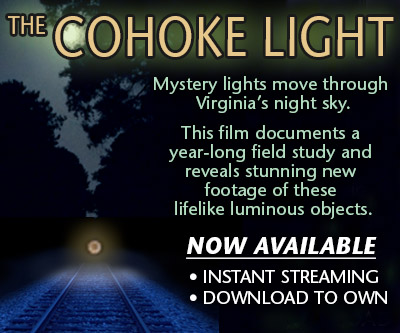Earth’s atmosphere is a fluid habitat, like the ocean. Objects moving through the sky resemble marine invertebrates in at least ten major ways…
We present the hypothesis for atmospheric life in our article The Sky Is Alive. We explore evidence that Earth’s atmosphere provides a variety of habitats for a wide range of organisms.
For easy reference, here are ten ways that objects seen moving through the atmosphere seem to resemble marine invertebrates:
- APPEARANCE – They have similar shapes and structures.
- BIOLUMINESCENCE – They emit their own light.
- MOVEMENT – They move in similar ways.
- BEHAVIOR – They act with intent and perhaps, intelligence.
- GROUP BEHAVIOR – They appear with and interact with other organisms.
- LIFE CYCLES AND POPULATION – They seem to grow and reproduce in like ways. Their numbers blossom in favorable conditions.
- FEEDING AND HUNTING – They seem to feed…and hunt.
- EFFECTS ON HUMANS – Encountering them produces similar effects on humans.
- PHYSICAL TRACES AND TRACKS – They leave physical traces of their bodies and tracks of their movement.
- HABITATS – They appear in likely habitats.
We will provide more evidence of each parallel and link each post to the appropriate categories. For example, our next post is TENTACLES AND TAILS, showing aerial objects with structural similarities to the invertebrates we call jellyfish.
As you explore the hypothesis, review the evidence, and explore further study, you may find it useful to consider these ten parallels.
















